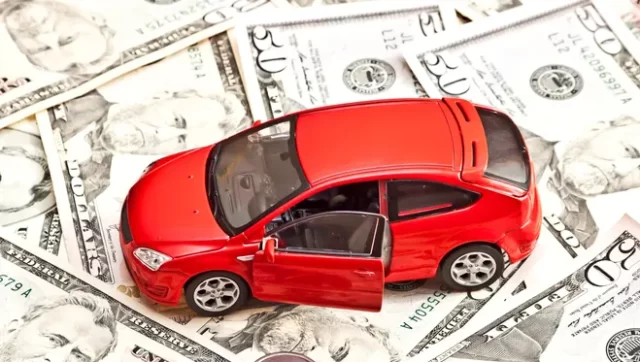
There are ways for you to lower your car payments. It is understandable if you accepted a bad deal in the past. But there is no excuse for it now. Refinancing your auto loan is an effective way to reduce monthly payments.
A loan refinance should be simple enough to grasp. You have a loan with a lender right now with specific terms. Refinancing means going to another lender who would pay off your original loan. This leaves you paying the new lender with different loan terms negotiated beforehand.
There are a couple of ways to do this:
Refinancing for a Lower Interest Rate
The first deal you get is often not the best. But due to time constraints or other limitations, you are forced to get an auto loan deal with a high-interest rate. You can reduce your car payment by getting an auto loan with better interest rates.
On average, refinancing can reduce interest rates by 2.4%. While that may seem small right now, that could add up to $2,000 of savings throughout the entire loan.
If, for example, you have a loan of $32,000 for 68 months. Reducing the interest rate by 2.4% means over $30 of savings per month. Say you already paid five months before refinancing—that is a saving of $2,300. That is money you can now spend on other things.
Refinance to Change the Length of the Loan Term
The most common reason to refinance an auto loan is that the monthly payment is too high. You can address that by getting a refinance to extend the overall term. Adding a few years will reduce the monthly payment, sometimes significantly.
A shorter loan usually means you pay less interest. If you extend the term, you will be paying more for your car overall. If you reduce the term, you will end up paying less overall.
The question now is, what fits into your financial planning? If you need more liquid money now, extending your auto loan is the best option. It gives you a bit more breathing room. On the other hand, shortening the term would mean you pay less interest on the same car—that is, if you have the financial capability.
Increase Your Down Payment
You can remove the additional cost of a loan and interest payments by paying for the car in full cash. But in reality, who has that much money to spare?
If you are in the planning stage of purchasing a car, consider paying a larger down payment instead. That reduces the amount you have to loan, your monthly payments, and the interest payments you have to make.
Giving a bit more now reduces what you have to pay overall.
Sell Your Car and Get a New One
If you find that the savings of refinancing are not enough for your financial situation, you can consider selling your car. That will open up a lot of different scenarios for you.
Once you sell your car, you can pay off the loan and purchase a cheaper car. You can use the remainder of the money for the down payment and make sure to get a vehicle with low monthly payments.
You can consider getting a used car instead. Vehicles have high depreciation. They lose at least 10% of their value once driven out of the lot, even if they are brand new. Getting a used car can save you a lot of money. Just be careful in choosing one and do your research.
Trade in Your Car
A quick and easy way to reduce your car payment is to bring your vehicle to a dealership for a trade-in. You give them the car and take one with a lower value. The loan terms would now change based on the new vehicle you have.
That scenario also works for secondhand car dealerships. You can get a lower-value car to get some financial wiggle room.
The disadvantage with trading in your car in a dealership is that you do not get the full value of your current vehicle. They need to make a profit out of the deal. Expect them to lowball you as much as possible with the car you are trying to get rid of.
Buying a car is always an exciting time. But try to keep your head level so that you do not overextend your budget or sign a bad deal. Always do your research and shop around before signing.


































